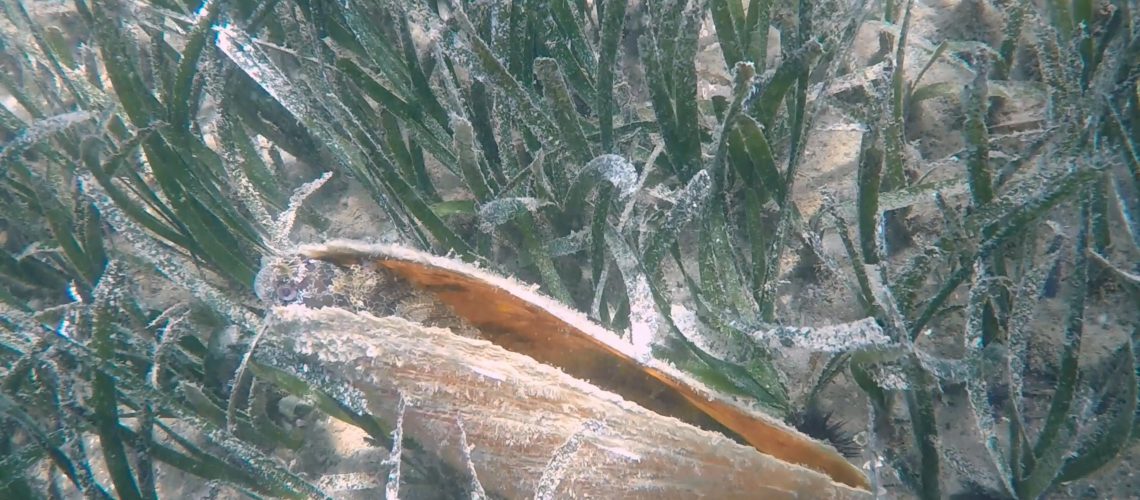
The noble pen shell is endemic and the largest shellfish of the Mediterranean. It can grow to 120 cm in height. It is spread all over the Adriatic on sediment bottoms of shallow coastal areas, and has many local names. The ecological role of this species is of utmost importance because it filters and retains large amounts of organic matter from suspended detritus which contributes to increasing the transparency of sea water. In addition, it provides numerous algae, sponges, polychaets, bryzooans and other invertebrates with a hard substrate for colonization in soft bottom areas. Therefore, on the pen shell we often see a high biodiversity of organisms. It is sensitive to extreme pollution, many individuals are injured due to anchoring, and the illegal removal is still present.
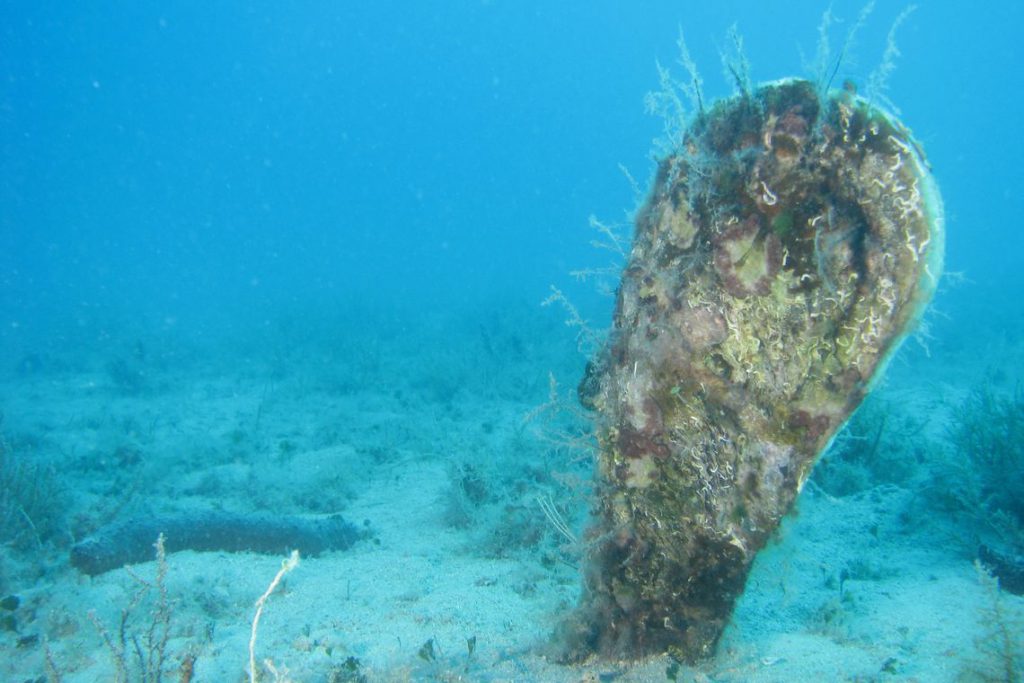

It is protected by the Croatian Nature Protection Act and is listed in Annex 1 of the Ordinance on Strictly Protected Species. This shellfish is subject to strict protection under the EU Habitats Directive and is considered to be endangered under the Barcelona Convention Protocols.
In 2016, the first MME of noble pen shell in the Mediterranean on the eastern coast of Spain was recorded. The parasite that is responsible (almost certainly) for this event is a newly-discovered species of Haplosporidium pinnae. According to the International Union for Conservation of Nature and Natural Resources (IUCN) report of March 2019, MME have been recorded and confirmed in France, Italy, Turkey, Greece and Albania. The mortality rate in most locations exceeds 99%, and the cause and volume of MMEs in the Mediterranean is still unknown. The combination of stress conditions mostly due to climate change is highlighted as the potentially major cause of such catastrophic effects.
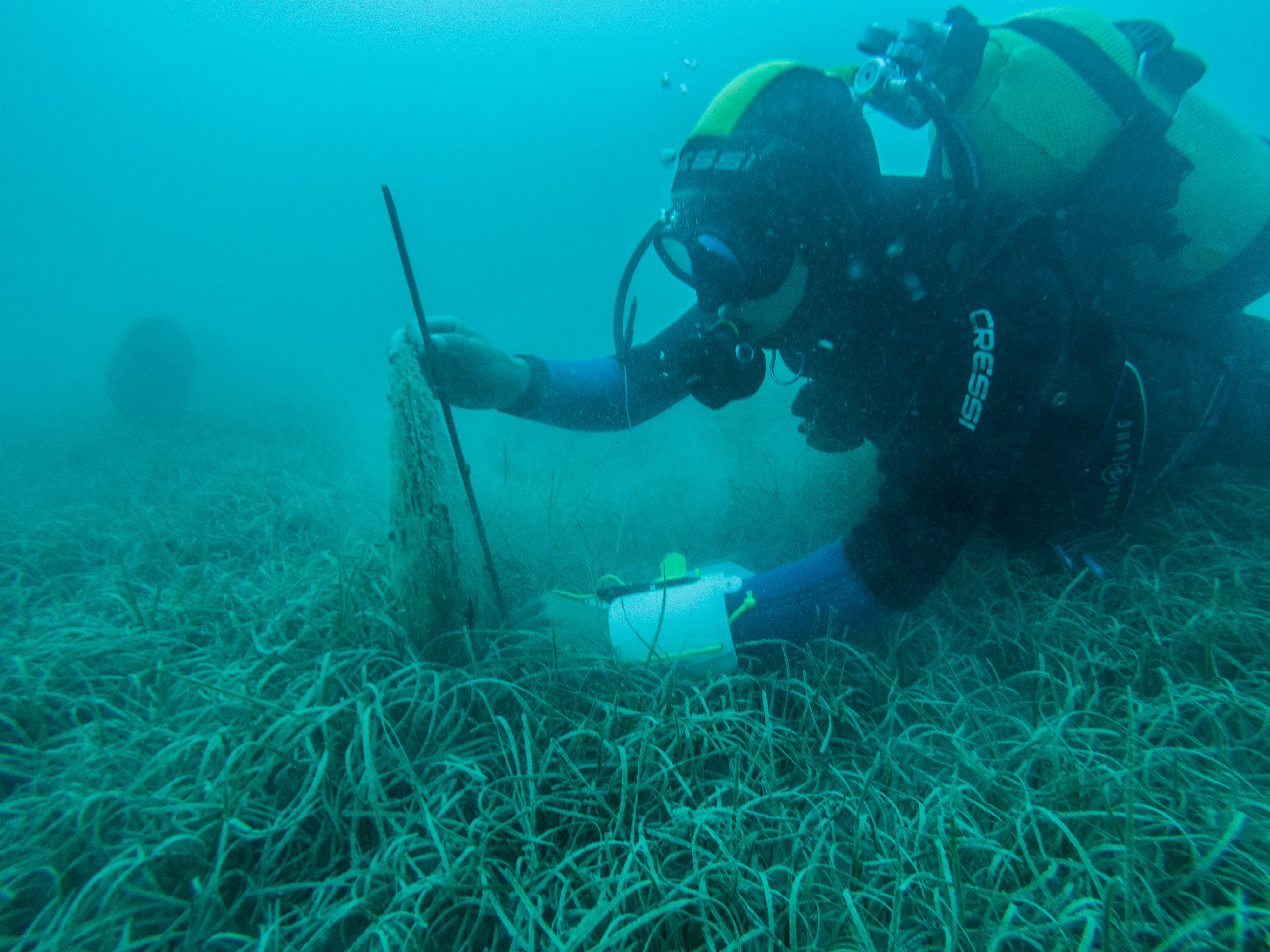
Since last summer, we have devoted ourselves to this burning issue. Our survey includes an overview of locations with an increased density of this bivalve, mainly in the locations of Nature Parks and National Parks (PP Telascica and NP Mljet). Until now, we have not noticed an increased mortality rate, which is higher than 12% mortality, which is a common mortality rate for this species, especially when it is apparent that the shells are empty for more than a year now, as we know about the amount and type of fouling inside the shell. After the Telašćica Nature Park, where in the fall of 2018 and the winter of 2019 there was no occurrence of mass mortality, we continued our research on the south of Croatia – on the Elaphite Islands. There we noted the first occurrence of an MME in the Adriatic.
In known areas of present populations of noble pen shell and potential areas (bays and coves), we conducted a visual census and mapping in the middle of May. On the islands of Koločep (Kalamota), Lopud, Jakljan and Sipan we performed the mentioned activities in 11 bays. The most significant and most numerous population (more than 30 individuals per 100m2) was recorded in Donja Celo bay on Koločep island, and Suđurađ bay and Luka harbor on island Sipan. Unfortunately, in all three coves a high mortality rate was observed, between 64 and 74%. In other areas studied, population density was very low. More than 650 individuals have been recorded in these three bays, of which about 450 are dead
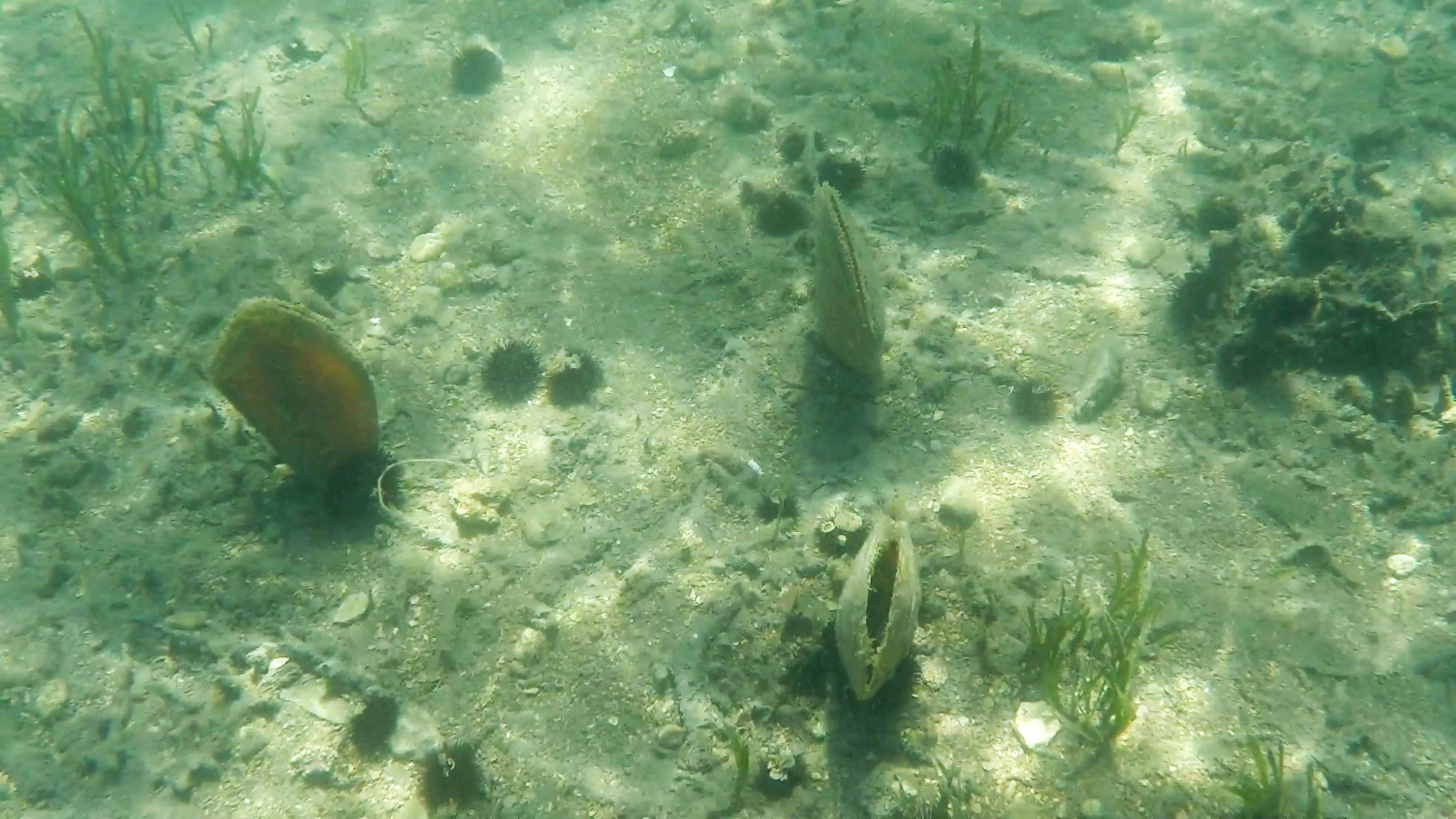
A worrying fact is the observation of a large number of individuals which, according to morphological signs, died recently; this is evident from the absence of fouling in the shell’s interior and the rest of the tissue at the bottom of the shell. On some of them scavengers could be seen. Also, a few live specimens have been noted that the mantle is visibly retractedn from the top of the shell to the interior and does not adequately respond to stimuli, that is, does not close the shell during the examination or closees it extremely slowly and incompletely.
IUCN colleagues were also informed about this kind of situation on the field:
“The Adriatic coast was one of the region where the Pinna nobilis maintained healthy its populations. We are on alert with these new records found in south Croatia and we hope that with the the development of urgent measures in place we could try to contain the outbreak”
says María del Mar Otero, Marine Expert at IUCN’s Centre for Mediterranean Cooperation.
IUCN recommends a series of priority activities to assess the situation across the Mediterranean and to put in place urgent measures. Recommendations include: Monitoring of environmental conditions along the coast, increasing the frequency of these monitoring during the summer months, avoiding the program of transfer of individuals until it is confirmed that they are without or are resistant to the disease causing them, setting up a collector for the young and identifying high density priority areas for implementing measures to avoid high mortality. Lagoon / closed bays are less affected by these events. These are areas for natural repopulation where activities can be developed to promote the survival of juvenile animals.
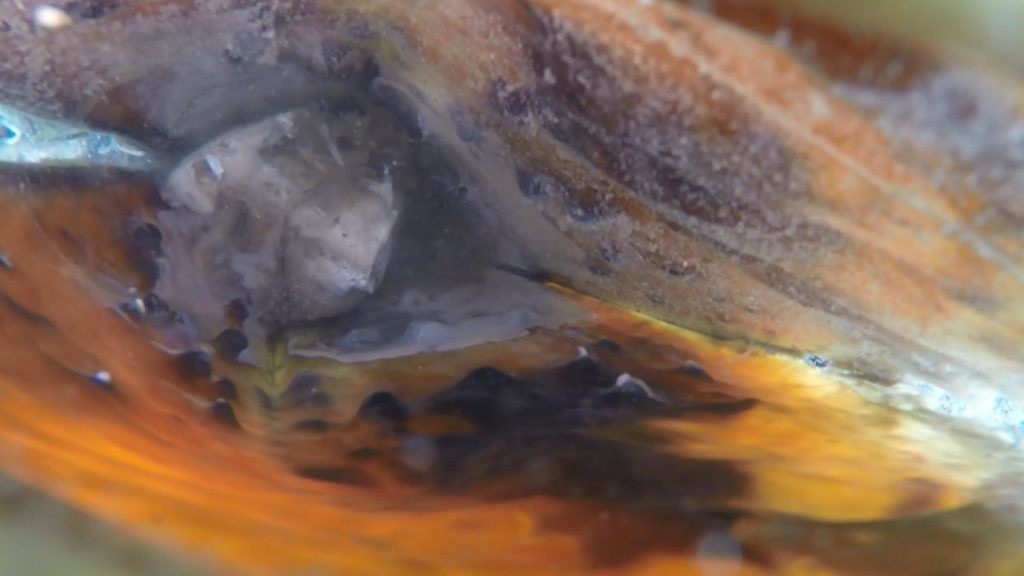
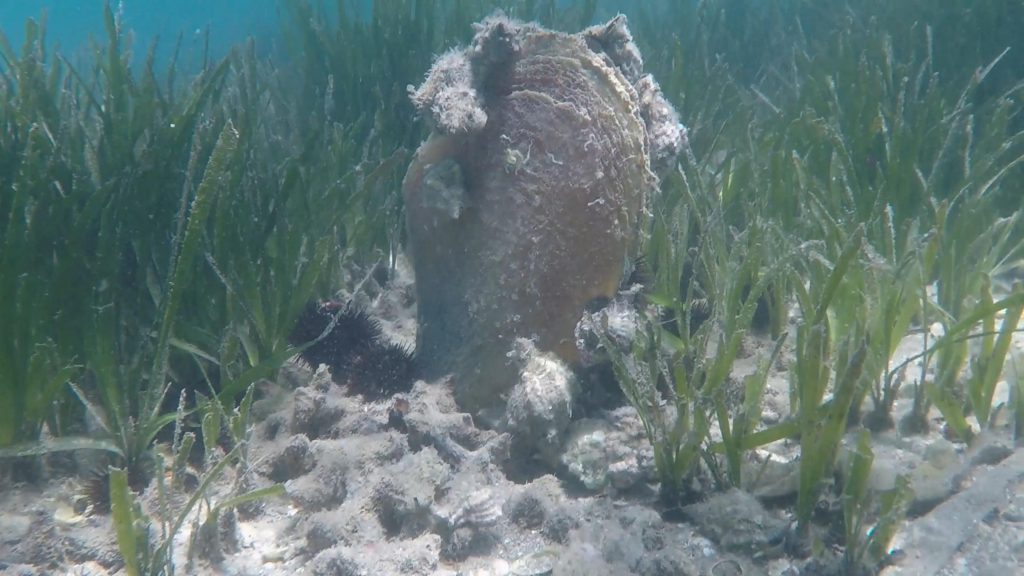
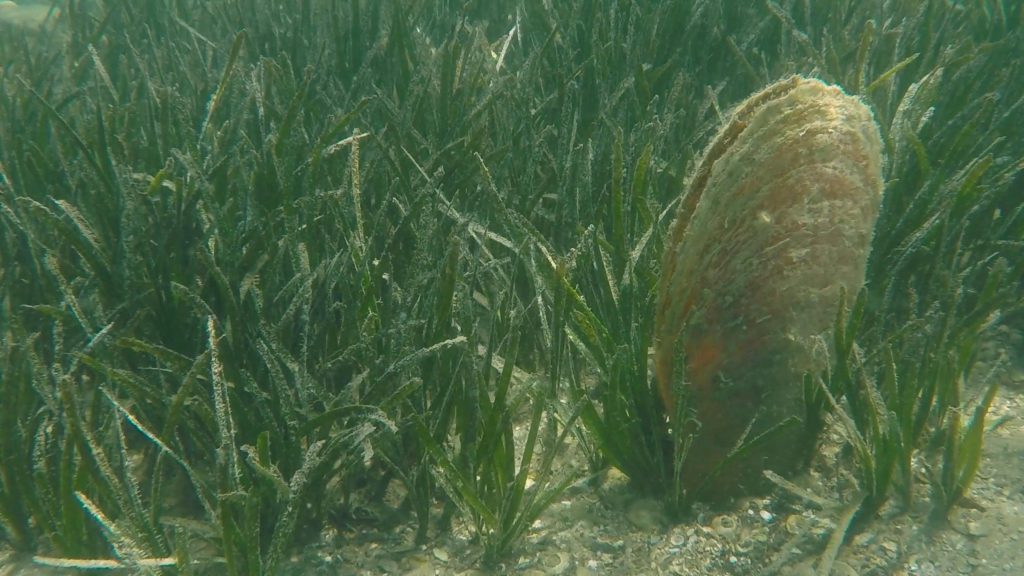
The Ministry of Environment and Energy and the Ministry of Agriculture have been informed about the MME, and they will take further measures with regard to the prescribed steps when MM and / or diseases of a large number of animals are concerned. Possible causes of this MME, according to other experts from the Mediterranean, are parasitic infection of Haplosporidium pinnae and / or the appearance of bacterial infection with Mycobacterium strain.
We would like to thank to Telašćica Nature Park, the City of Dubrovnik and the Natural History Museum of Dubrovnik, which supported our research and fieldwork with the aim of exploring this unfortunate event on our coast and this imposing bivalve.
The research continues, and the aim is to locate areas in Croatia where the population density of the noble pen shell is high, and the location is relatively sheltered in the form of deep bays and lagoons, given that such sites have proven to be potential oasis where the shells survive. With that in mind, if you are familiar with such locations in the area of the Adriatic where individual pen shells can be found in an increasing number (more than 20 individuals per 100 m2), let us know through our Facebook Profile 20000 Leagues in Inbox (www.facebook. com / drustvo20000milja), or via mail: info@drustvo20000milja.hr, or cell phone number 095 896 8477
Photographs: Hrvoje Čižmek

2025 © Marine Explorers Society 20.000 leagues. ALL Rights Reserved.
